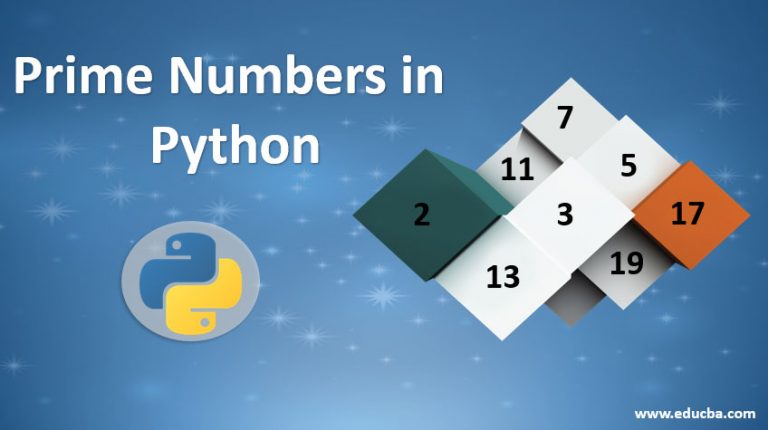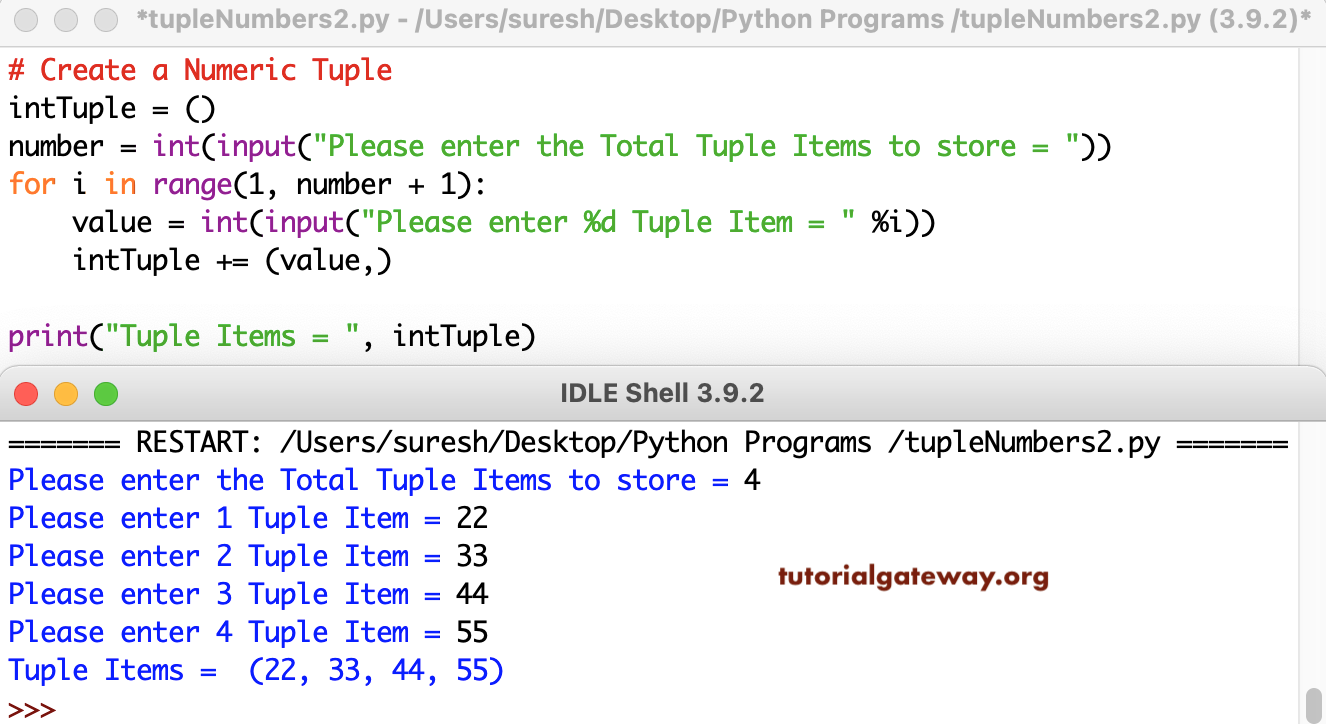

Since the output list should contain zero as well, the answer to this question is. What is the list comprehension equivalent for? (including zero)Ĭlarification: The required list comprehension will print a whole number, less than 20, provided that the number is even. Ĭlarification: The required list comprehension will print the numbers from 1 to 12, each raised to 2. Write a list comprehension to produce the list. What is the list comprehension equivalent for: list(map(lambda x:x**-1, ))?Ĭlarification: The output of the function list(map(lambda x:x**-1, )) is and that of the list comprehension ] is. Hence the required list comprehension is. A) ī) Ĭ) ĭ) Ĭlarification: The code shown above prints the value ‘i’ only if it satisfies the condition: int(i*0.5) is equal to (i*0.5). Using List Comprehensions EffectivelyDan Bader 01:57. # Process each hex digit from the left (most significant digit)įor hexDigitIdx in range(len(hexStr)): # hexDigitIdx = 0, 1, 2. (C/C++/C#/Java use braces # lookup table for hex to dec # Prompt and read hex string

A variables is created via the initial assignment. You do NOT need to declare variables (name and type) before using them. Variable Type Declaration: Like most of the scripting interpreted languages (such as JavaScript/Perl), Python is dynamically typed.(C/C++/C#/Java use double quotes for string and single quotes for character. Python also supports multi-line string, delimited by either triple-single ( '''.''') or triple-double quotes ( """."""). String: Python's string can be delimited by either single quotes ( '.') or double quotes ( ".").(C/C++/C#/Java end-of-line comment begins with '\\'.

Python does not support multi-line comments.


 0 kommentar(er)
0 kommentar(er)
